Oral testimony must be kept to three minutes maximum.
As of Feb 6, 2015 there are two bills that support ESTABLISHING A PUBLIC EDUCATION PROGRAM FOR CYTOMEGALOVIRUS:
1) H.B. 5525: AN ACT CONCERNING CYTOMEGALOVIRUS
2) HB-5271: AN ACT CONCERNING NEWBORN SCREENING TESTS FOR CYTOMEGALOVIRUS AND GLOBOID CELL LEUKODYSTROPHY AND ESTABLISHING A PUBLIC EDUCATION PROGRAM FOR CYTOMEGALOVIRUS.
Depending upon which one I'm writing in support of, I will be stating something like the following:
Madame Co-chair, Mr. Co-Chairman and Members of the Committee:
I am Lisa Saunders of Mystic and am in support of H.B. 5525: AN ACT CONCERNING CYTOMEGALOVIRUS.
1) H.B. 5525: AN ACT CONCERNING CYTOMEGALOVIRUS
2) HB-5271: AN ACT CONCERNING NEWBORN SCREENING TESTS FOR CYTOMEGALOVIRUS AND GLOBOID CELL LEUKODYSTROPHY AND ESTABLISHING A PUBLIC EDUCATION PROGRAM FOR CYTOMEGALOVIRUS.
Depending upon which one I'm writing in support of, I will be stating something like the following:
Madame Co-chair, Mr. Co-Chairman and Members of the Committee:
I am Lisa Saunders of Mystic and am in support of H.B. 5525: AN ACT CONCERNING CYTOMEGALOVIRUS.
I am the parent representative of the Congenital Cytomegalovirus Foundation and was the mother of Elizabeth
Saunders, born severely disabled by congenital cytomegalovirus (or CMV) in 1989.
No one told me about congenital CMV until after Elizabeth's birth--much too late to protect her from this number one viral cause of birth defects, which causes more disabilities than Down syndrome.
No one told me about congenital CMV until after Elizabeth's birth--much too late to protect her from this number one viral cause of birth defects, which causes more disabilities than Down syndrome.
When Elizabeth was first born, I was devastated when I saw her small, deformed head. Diagnosed with congenital CMV, it was then that I received literature stating that women who work in daycare, or have a young child in daycare, are at a higher risk for catching CMV as toddlers are the majority of carriers. Pregnant women must use caution around a toddler's bodily fluids such as saliva. While I was pregnant with Elizabeth, I ran a licensed daycare center. Nowhere in the licensing literature was there a CMV prevention message--and there still isn't in Connecticut.
In milder cases of congenital CMV, children may lose hearing or struggle with learning. But Elizabeth's case was not a mild one. During her 16 years of life, my sweet little girl was never able to hold up her head, roll over, sit up, walk or feed herself. She wore diapers, was visually and hearing impaired, and suffered from frequent bouts of pneumonia and ever-worsening seizures.
In the U.S., congenital CMV causes one child to become disabled every hour. It is the leading non-genetic cause of childhood hearing loss. (See www.cdc.gov/cmv) Of the more than 5,000 babies born disabled by congenital CMV in the U.S. each year, 50 are estimated to be born in Connecticut.
Unlike
most disabilities, CMV is preventable. With proper education, mothers can reduce the chances of
passing it to their unborn children by refraining from kissing toddlers around the mouth or sharing utensils with them. While most expectant mothers know that preventing a less common cause of birth defects, toxoplasmosis, can be achieved by avoiding kitty litter, very few (13% according to the CDC) know how to prevent congenital CMV.
The education proposed in the bill will not only prevent suffering among Connecticut's children, but will also save the state money. The cost of caring for one child disabled by congenital CMV is estimated at $200,000 annually. Many years ago, my daughter's special education program alone was estimated to cost the state $40,000 per year--never mind the cost of major surgeries such as spinal fusion and frequent ambulance rides to the hospital during prolonged seizures.
The education proposed in the bill will not only prevent suffering among Connecticut's children, but will also save the state money. The cost of caring for one child disabled by congenital CMV is estimated at $200,000 annually. Many years ago, my daughter's special education program alone was estimated to cost the state $40,000 per year--never mind the cost of major surgeries such as spinal fusion and frequent ambulance rides to the hospital during prolonged seizures.
Scientists have been working on a vaccine against cytomegalovirus for years. One reason for delay in successful development is "there has been insufficient education about the problem...”* Pharmaceutical companies need to know that a vaccine will be used because people know about the disease.
CMV is preventable, but only if women know about it.
Please help stop the suffering my daughter Elizabeth endured until her death at16 during a seizure.
Sincerely,
Lisa Saunders, Congenital CMV Mom
Parent Representative, Congenital
Cytomegalovirus Foundationwww.congenitalcmv.org
P.O. Box 389
Mystic, CT 06355
LisaSaunders42@gmail.com
*
Schleiss, M. R. (2008). Cytomegalovirus Vaccine
Development. Retrieved Januarary 14, 2015, from US National Library of
Medicine: http://www.ncbi.nlm.nih.gov/pmc/articles/PMC2831992/
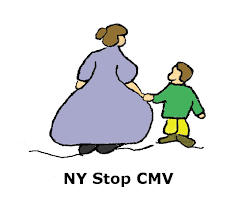


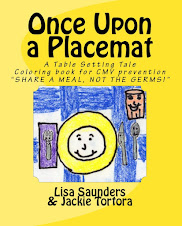

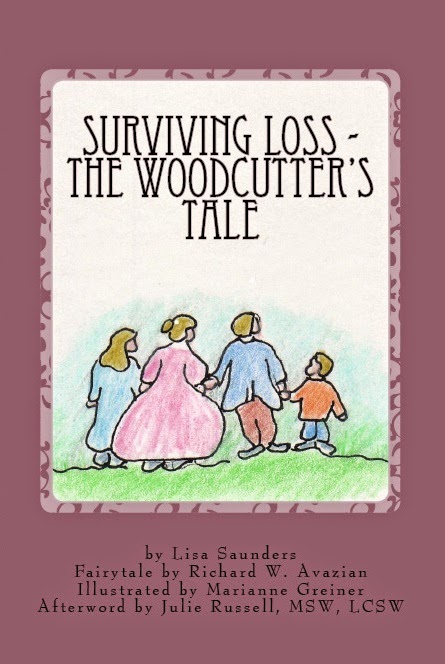

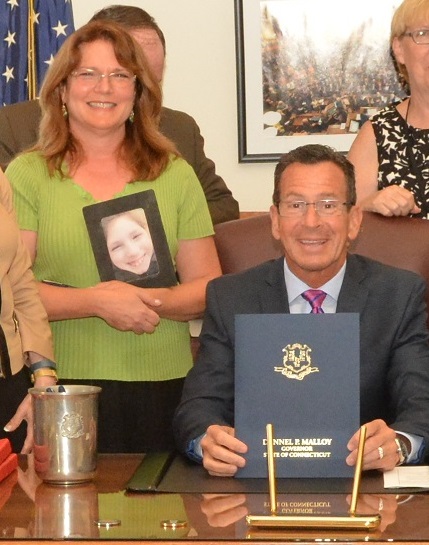
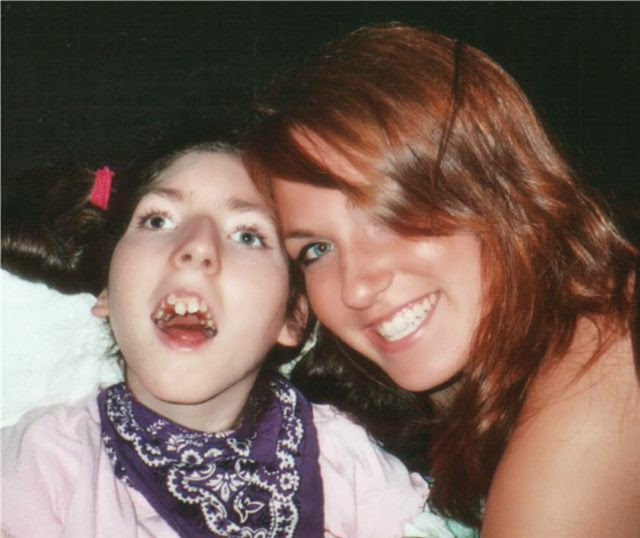
No comments:
Post a Comment